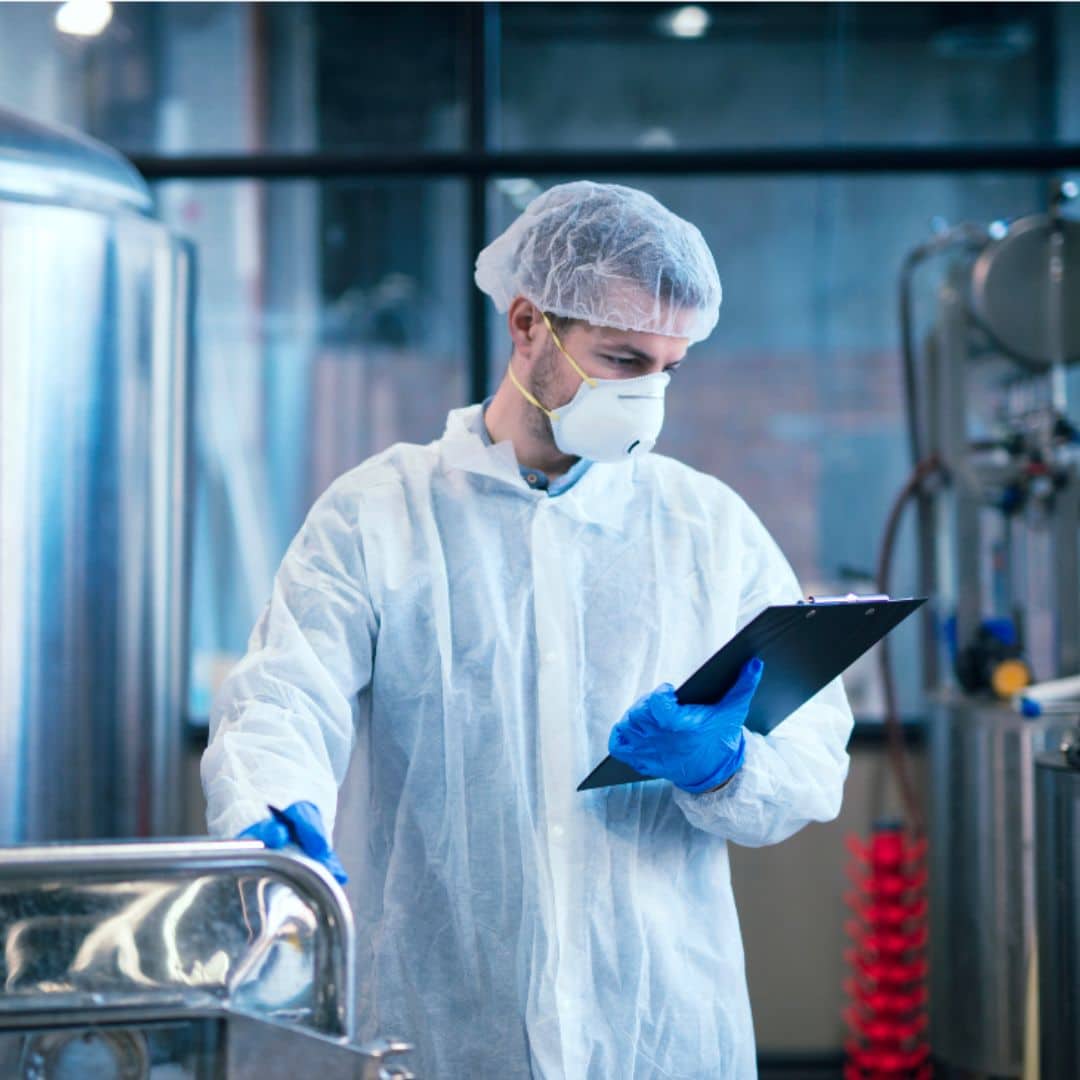
As the Food & Beverage industry faces mounting pressures to reduce its carbon footprint and optimize energy consumption, industrial heat pumps have emerged as a promising solution to meet heat process needs. Although this technology has not been widely deployed in North America, it still may represent the right solution for your application.
Below we have compiled highlights about the current state of industrial heat pump technology, its strengths and weaknesses, and future trends in development. Additionally, we examine the processes where industrial heat pumps may be the most beneficial. Lastly, we explore the current barriers to implementation and what Cascade Energy is doing to support the industry to overcome these.
Industrial heat pumps have undergone significant advancements in recent years. Marked improvements are benefiting efficiency, scalability, and adaptability to different food and beverage processes. At present, industrial heat pumps can achieve a coefficient of performance (COP) as high as 4-6. This means that they can deliver 4-6 times more heat energy than the electrical energy they consume.
Despite these benefits there is limited commercial availability of IHPs in the United States. However, in the EU and other countries there has been more deployment of the technology as part of overall efforts for industrial electrification. The American Council for an Energy Efficient Economy (ACEEE) has been working to aggregate demand and connect the right government, utility, supplier and engineering network. This is in effort to overcome the current barriers to entry that the technology faces. These include regulatory and code constraints, perceived implementation risks, and workforce gaps, as well as lack of local supplier presence and support.
There is no question that this technology will be essential to achieving net-zero carbon emissions in the food processing arena. The strengths of the solution are broad and include:
However, there is still work to do. The solution is not without some drawbacks at its current state of development. Some notable highlights include:
The future is looking promising however, in part due to the number of emerging policy drivers at the federal level. These include the Department of Energy (DOE) heat shot initiative which aims to develop cost-competitive industrial heat decarbonization technology with at least 85% lower GHG emissions by 2035. It also includes an expansion of the 48C manufacturers’ tax credit and new Onsite Energy TAPs which will focus on the integration of IHPs at industrial facilities.
In addition to regulatory drivers, there are trends on the technical front as well. These include:
Determining how to apply this technology and in what situations would demonstration projects be most beneficial should take into account the best possible applications.
As examples, IHPs can be particularly advantageous in the following food and beverage processes:
The future of industrial heat pumps in the food and beverage industry is promising. Ongoing advancements in efficiency, temperature range, and integration with renewable energy sources require understanding the strengths and weaknesses of this technology. These evaluations empower the food and beverage companies to make informed decisions about implementing industrial heat pumps to achieve energy savings and decarbonization.
With over 30 years of industrial energy efficiency expertise, Cascade Energy prides itself on providing its customers with the most advanced knowledge available on new technology that can help them reach their decarbonization and energy consumption goals. We are leading the conversations around industrial heat pumps and are actively working with them to access available incentives and support to implement this new technology. Together with other industry players, we are seeking to leverage the DOE’s IAC’s and TAPs to support industry to evaluate and implement pilot projects and work towards resolution of the other barriers to widespread adoption of IHPs, thus furthering emissions reductions and industry goals.
References:
Agrawal, R., & Ramesh, K. (2017). Energy efficiency of heat pumps in the food industry. International Journal of Energy Research, 41(15), 2543-2563.
ASHRAE (2016). ASHRAE Handbook – Heating, Ventilating, and Air-Conditioning Applications. American Society of Heating, Refrigerating and Air-Conditioning Engineers.
Colombo, E., Masoero, M., & Rosso, F. (2013). Energy and environmental analysis of industrial heat pump application in food industry. Energy Procedia, 45, 108-117.
Euroheat & Power (2018). Efficient energy solutions for the food industry. Retrieved from https://www.euroheat.org/knowledge-hub/efficient-energy-solutions-food-industry/
Fleiter, T., Fehrenbach, D., & Worrell, E. (2018). The potential of digital technologies to improve industrial energy efficiency. Applied Energy, 210, 1283-1293.
IEA (2020). Energy Technology Perspectives 2020. International Energy Agency. Retrieved from https://www.iea.org/reports/energy-technology-perspectives-2020
IPCC (2018). Global Warming of 1.5°C. Intergovernmental Panel on Climate Change. Retrieved from https://www.ipcc.ch/sr15/
Maraver, D., Royo, J., & Quiles, F. (2016). Energy saving in the evaporation units of the food industry by using mechanical vapor recompression. Applied Thermal Engineering, 98, 960-967.